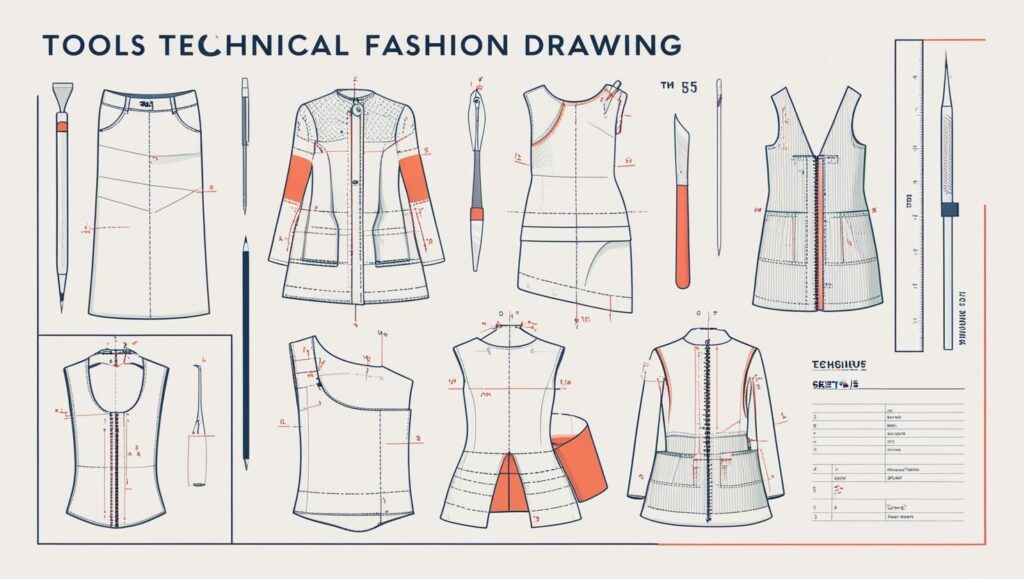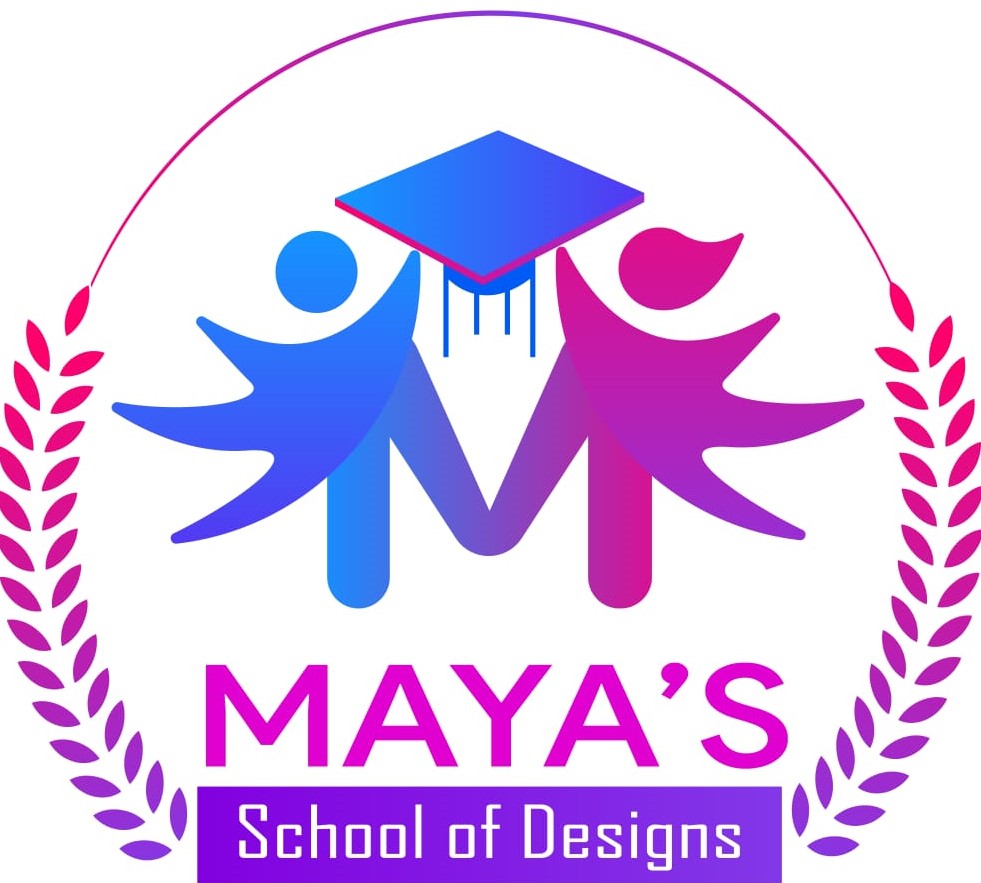Blog
Why Are Technical Drawing Skills Important to the Fashion Designer?
- February 12, 2025
- Posted by: admin
- Category: Fashion Design

Technical drawing in fashion design is actually the bridge between creativity and construction. It is that blueprint through which your design ideas are translated from being abstract into clear, actionable plans. The more the fashion designer or student learns about technical drawing skills, the better they will be at communicating their vision, and simultaneously allowing them to create functional and beautiful designs. This guide will take you through the necessary steps so you can unlock your technical drawing skills and introduce your fashion ideas into reality.
The moment one starts off as a fashion designer, the mind overflows with creativity after all; one has that vision of just how that beautiful gown or sharp jacket should look, feel, and fit. Now, for translating that onto something tangible that actually can be worn, there comes a demand for precision, clarity, and in-depth understanding of how fashion is constructed-that’s where technical drawing comes in.

Clearly Conveyed Designs: A technical drawing is like a map that will clearly communicate your design to manufacturers, pattern makers, and other members of your team.
Design Accuracy: A great technical sketch carries the guarantee for accurate proportions and measurements, or execution of elements in the design.
Professionalism: Technical drawing depicts seriousness over craftsmanship and an ability to give professional drawings.
But where would you start if you’re not exactly technical in the art of fashion design?
How do you unlock your technical drawing skills?
It may take some time, but with just a little patience and practice, unlocking your technical drawing skills will no longer overwhelm you-you will wear confidence. Your goal is to be familiar with those key techniques that are essential in rendering fashion sketches in clarity, accuracy, and in details.
1. Master Basic Fashion Illustrations
To begin with, technical drawing involves a little experience in fashion illustration. This will usually be the first basis of all technical drawings where you will project your ideas onto paper. Do some simple drawings of fashion figures to get comfortable with proportions of the body and how clothes will fall about your body.
Focus on the following
Proportion: Learn the standard proportion of a fashion figure, mostly 9 heads tall. That will lead to drawing a proper, stylish silhouette. Line work: Practice a variety of your line weights so that your drawings can create different textures, folds, and shape. Basic figure poses: Drawing simple poses will help you when you want the clothes to show from any certain angle. 2. Understand Key Components of Technical Drawing
The point is that the technical drawing has nothing to do with just casual sketching, as these have highly detailed specifications. Every individual drawing has a particular usage or purpose for either pattern making or garment construction for a certain type of design.
The fashion technical drawing will focus on the following
Flat Sketch: These include 2-D drawings of the garment in the front and at the back showing all design elements, including all seams, buttons, and zipper details.
Details: Add stitching, texture, patterns, pleats, or embroidery which will give the full picture of how the garment is to be made.
Annotation: Label, measure and technically describe your designs to ensure that they can be understood easily. In this way, your designs are easily reproducible.
3. Master Fashion Technical Drawing Tools

The technical drawing skills that you learn will, to a large degree, be dependent upon the tools you use. Whether you are using traditional or digital techniques, learning how to master the tools is a big part of the process.
Traditional Tools: If you draw by hand, you will want:
Pencils (mechanical is best for precision)
Erasers (kneaded and precision tip)
Traditional Tools: Straight lines and curves, using rulers and French curves; markers or colored pencils to create details and shading. Digital Tools: Some of the standard digital fashion illustration software in use today is Adobe Illustrator, CorelDRAW, or Procreate. These make the designs really easy to produce and share in an editable and neat format for use between yourself and your manufacturer.
Having one preferable method of doodling chosen, the next step will be to practice with these very tools in order to achieve effectiveness: keeping in mind the thickness of a line, your measurement accuracy, and precision while depicting the garment details.
4. Practice Drawing Garment Details
In technical drawing, one should bring out the precision to a point when depicting every single garment detail. You would want to practice drawing some of these components from time to time:
Seams: Be knowledgeable with the different types of seams, such as French, flat-felled, or bound, and how they will work with the overall design of the garment.
Fittings: Learn to draw darts, pleats, and gathers to indicate how the fabric will be fitted on the body. Trims and Embellishments: Learn to draw decorative elements such as buttons, zippers, trims, or embroidery stitches, considering scale and placement. Practice makes perfect-start with simple details and build your way up in complexity as your skills improve. 5. Develop Your Own Style
As you become confident in your ability to draw technically, you will develop your own style of fashion sketching. You may like to draw with bold clean lines or prefer a more detailed shaded approach to bring your designs to life. Be creative with your style of drawing but remember the function of the technical drawing is to be functional. The drawing should always be clear and concise.
6. Broaden Your Learning with Real-World Practice
After having grasped the basics of fashion technical drawing, apply what one has learned onto real design work. This will start to occur by one:
Redrawing existing designs – Look at what your favorite designers are creating. Take the time to redraw their images on paper or through a tablet computer. Note how another designer builds and presents a finished product from simple form on the computer;.
Transforming your fashion sketches into technical drawings, with all details and measurements included.
Presenting your work for feedback: Your technical drawing would be presented to your fellow students, professors, or professional experts in the field to comment on for improvement.
Conclusion
It does not stop there, as one has passed the basics of technical drawing. Your skills will continually be refined while in the fashion industry through updates on current trends, influences by established designers, and working your skills on higher levels of difficulty in design. The regular practice and incorporation of new techniques will always whet your technical drawing skills to grow with your design expertise.
